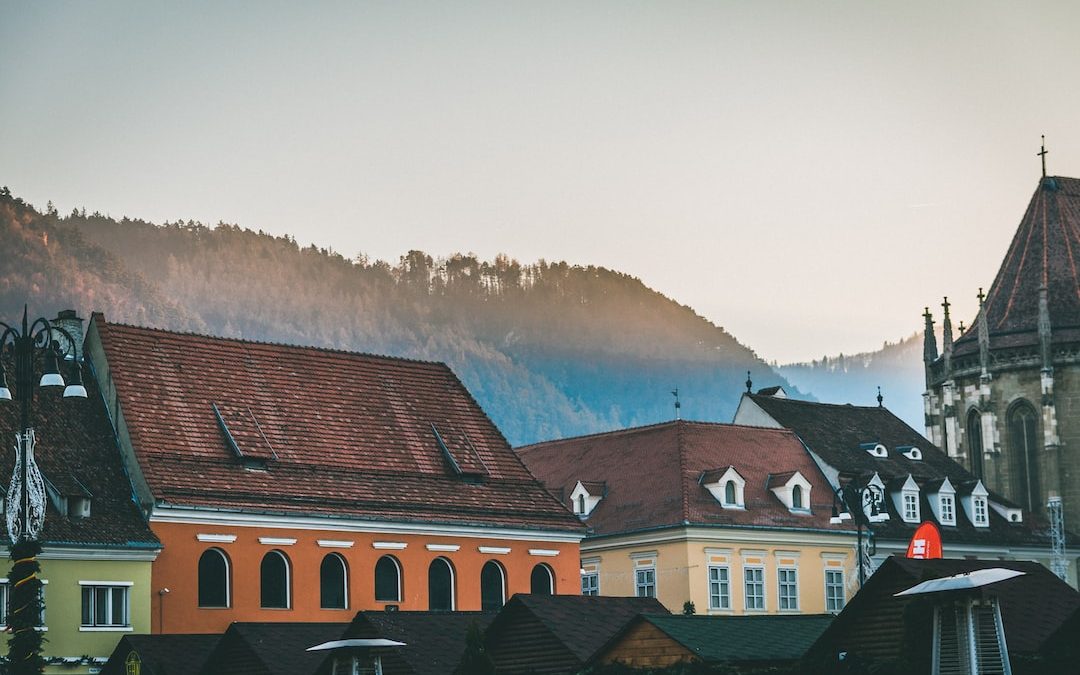Table of Contents
Exploring Romania’s World Heritage Sites
Introduction
As one of Europe’s most captivating and culturally-rich countries, Romania is home to some of the most spectacular World Heritage Sites in the world. With its abundance of awe-inspiring beauty and fascinating historical landmarks, it’s no wonder that Romania’s World Heritage Sites attract millions of visitors each year.
From ancient ruins and traditional villages to breathtaking monasteries and awe-inspiring mountains, Romania has it all. In this blog post, we’ll be exploring some of the country’s most outstanding World Heritage Sites in detail.
The Danube Delta
The Danube Delta, located in the northeastern corner of Romania, is the second largest river delta in Europe and one of the continent’s largest wetlands. The delta, which is home to a vast array of bird species, is a UNESCO World Heritage Site and is one of the most important natural habitats in the world.
Visitors to the delta can explore its many lakes, marshes and reed beds, as well as its rich biodiversity. Additionally, the delta is home to several traditional fishing villages, which are perfect for exploring on foot.
The Dacian Fortresses of the Orastie Mountains
The Dacian Fortresses of the Orastie Mountains in Romania are a series of six fortresses, which were built by the Dacian people between the 1st and 2nd centuries BC. The fortresses, which are located in the Orastie Mountains, are some of the best-preserved ancient ruins in Romania.
The fortresses offer a unique insight into the culture, architecture and engineering of the Dacian people, and are a must-see for any visitor to Romania.
The Wooden Churches of Maramures
The Wooden Churches of Maramures, located in the northern region of Romania, are a series of eight churches and monasteries, which were built in the 16th and 17th centuries. The churches are renowned for their intricately-crafted wooden interiors and exteriors, which are a testament to the region’s traditional craftsmanship. The churches are a sight to behold, and are a must-see for any visitor to the region.
The Monastery of Horezu
The Monastery of Horezu, located in the south-eastern region of Romania, is a UNESCO World Heritage Site. The monastery, which was founded by Prince Constantine Brancoveanu in 1690, is one of the most important cultural and religious sites in Romania. The monastery, which is renowned for its beautiful architecture and frescoes, is a must-see for any visitor to the region.
The Primeval Beech Forests of the Carpathians
The Primeval Beech Forests of the Carpathians, located in the Transylvanian region of Romania, are a series of six UNESCO World Heritage Sites. The forests, which are home to a vast array of plant and animal species, are some of the most pristine and well-preserved in Europe. Visitors to the forests can explore its many trails, and marvel at its untouched beauty.
The Historic Centre of Sighisoara
The Historic Centre of Sighisoara, located in the Transylvanian region of Romania, is a UNESCO World Heritage Site. The city, which was founded in the 12th century, is renowned for its well-preserved medieval architecture, cobblestone streets and traditional pubs. Visitors to Sighisoara can explore its many churches, towers and museums, as well as its charming old town.
The Painted Monasteries of Bucovina
The Painted Monasteries of Bucovina, located in the northern region of Romania, are a series of eight monasteries, which are renowned for their intricately-painted interiors and exteriors. The monasteries, which were built between the 15th and 16th centuries, are a testament to the region’s rich cultural and religious heritage. Visitors to the monasteries can explore their beautiful frescoes, which are a sight to behold.
The Village of Viscri
The Village of Viscri, located in the central region of Romania, is a traditional Saxon village, which was founded in the 12th century. The village, which is renowned for its historical Saxon architecture, is a UNESCO World Heritage Site. Visitors to the village can explore its cobblestone streets, traditional Saxon houses and its beautiful fortified church.
The Saxon Villages of Transylvania
The Saxon Villages of Transylvania, located in the central region of Romania, are a series of seven villages, which were founded by the Saxons in the 12th century. The villages, which are renowned for their historical Saxon architecture, are a UNESCO World Heritage Site. Visitors to the villages can explore their cobblestone streets, traditional Saxon houses and their beautiful fortified churches.
The Merry Cemetery of Sapanta
The Merry Cemetery of Sapanta, located in the north-western region of Romania, is a unique cemetery, which is renowned for its brightly-coloured wooden crosses and humorous epitaphs. The cemetery is a testament to the region’s traditional folk art, and is a must-see for any visitor to Romania.
The Village of Viscri
The Village of Viscri, located in the central region of Romania, is a traditional Saxon village, which was founded in the 12th century. The village, which is renowned for its historical Saxon architecture, is a UNESCO World Heritage Site. Visitors to the village can explore its cobblestone streets, traditional Saxon houses and its beautiful fortified church.
Conclusion
As you can see, Romania is home to some of the most breathtaking and captivating World Heritage Sites in the world. From ancient ruins and traditional villages to breathtaking monasteries and awe-inspiring mountains, Romania has something for everyone.
Whether you’re looking for a cultural experience or a chance to explore the country’s natural beauty, Romania’s World Heritage Sites are sure to take your breath away.












